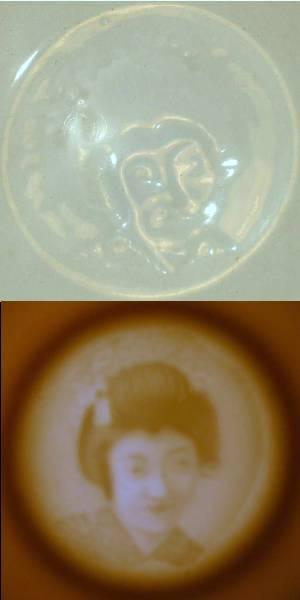In the 1800’s, the European lithopane art form was a way to express the three dimensional potential of a photographic image. Traditional lithopanes are etched in porcelain, and require back-lighting to view the
When first getting started, Canning had to experiment with a few different 3D printing options to achieve the effect she was looking for: “a solid part with gradual and highly defined surfaces.” She initially chose to print her lithopane with an FDM printer, but the printer layers were too thick. She then turned to a Miami 3D Hubs print practitioner, Jose, who informed her to try the SLA printer instead for thinner, more refined layers because it uses liquid resin instead of plastic filament.
Canning followed Jose on this lead, and they printed her photograph of Brooklyn Bridge Park in 32 hours at .025 mm high resolution. Jose then removed supports and applied a clear UV resistant spray to avoid yellowing. They were so pleased by the outcome (see below photo) that they continued to work together to curate an exhibit entitled “The Art of 3D Printing.”
Canning began her 3D printing journey aware of the technology, but disappointed that photographers had been left out, until she came across the lithopane concept. She explained her process to 3D Hubs:
“Why are photographers not invited to the Next Industrial Revolution Party? Then I stumbled on some lithophanes on Thingiverse. While I liked the idea, I knew that what I was looking at would not serve my audience.
Then, I saw lithophanes from the 1800s and I fell in love. I became convinced that if I found the right 3D printer and the right material, I could create a little time machine and bring back something from the past. I have been on that quest ever since.”
Canning’s idea testifies to how a modernized technology such as 3D printing can be used by artists to recreate nostalgic art forms of yesteryear. One good example of this is the 3D printed Octomadness zoetrope. There’s something comforting about using new, more efficient technology to preserve previous art forms, and so Canning seems right on track with her 3D printed lithopane concept.
If you like the lithopane idea, you may feel overwhelmed getting started. You can always try out a Mona Lisa lithopane, which can be downloaded from Thingiverse here. Let us know your thoughts on this incredible art in the 3D Printed Lithophane forum thread on 3DPB.com.